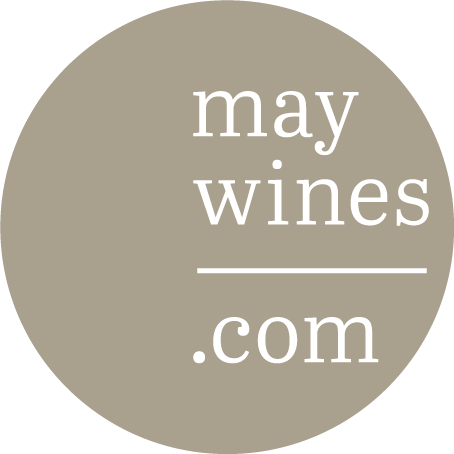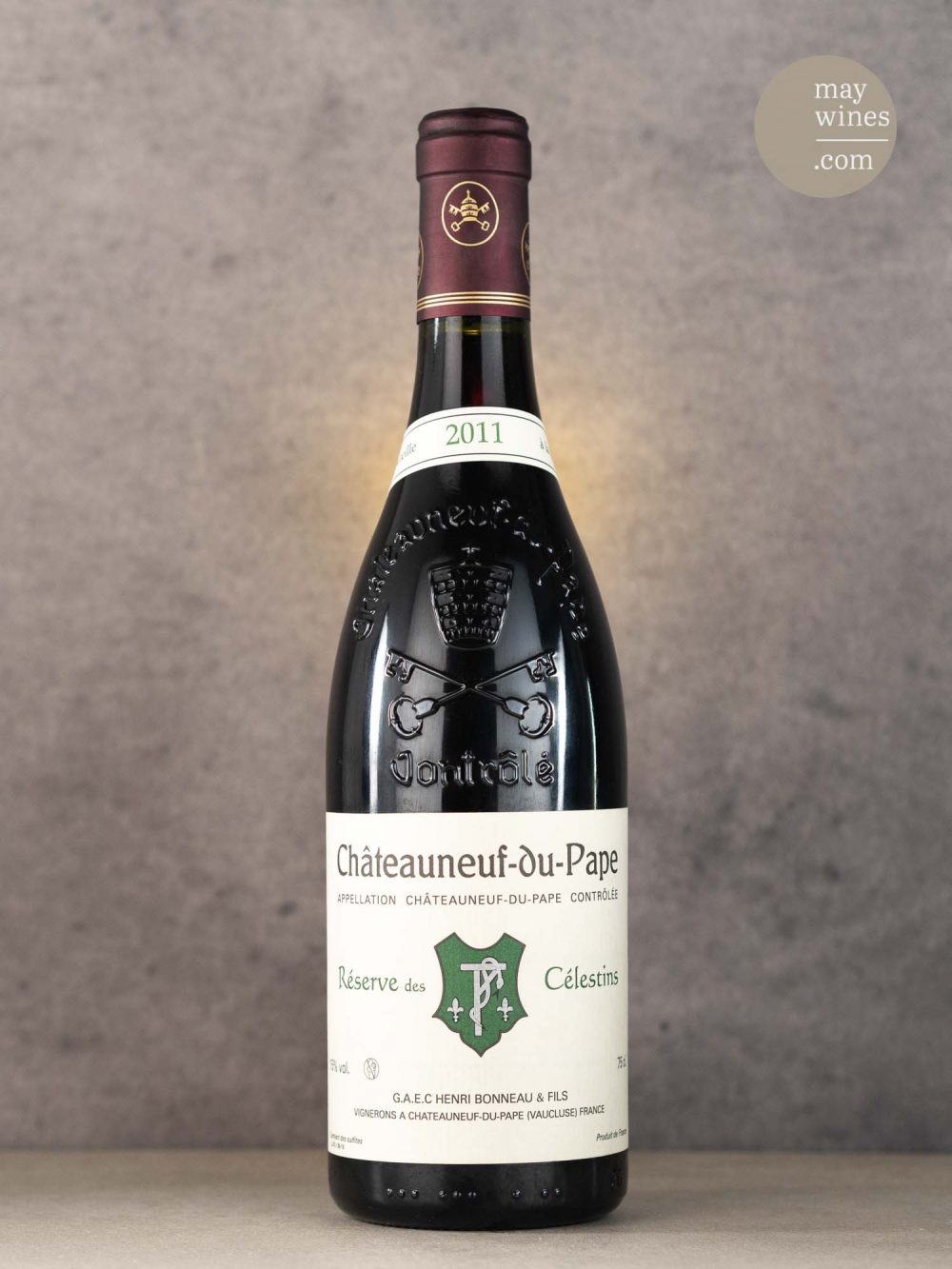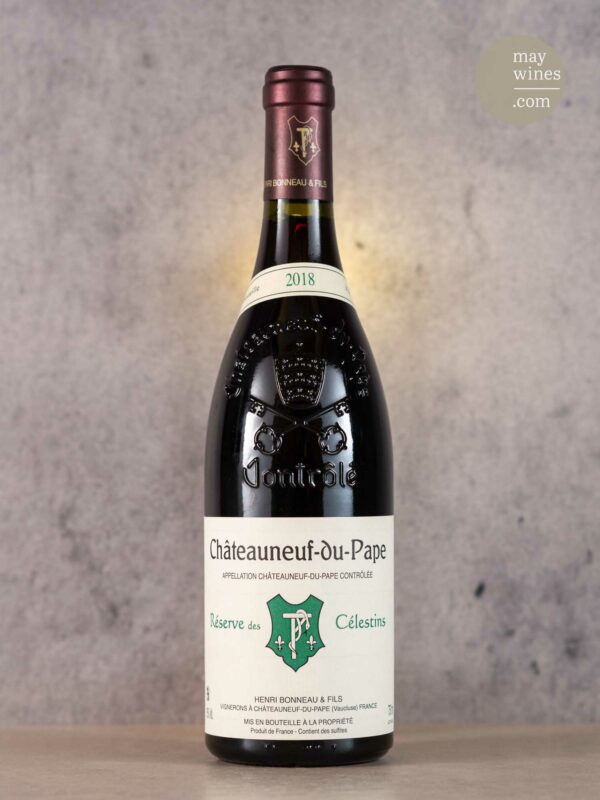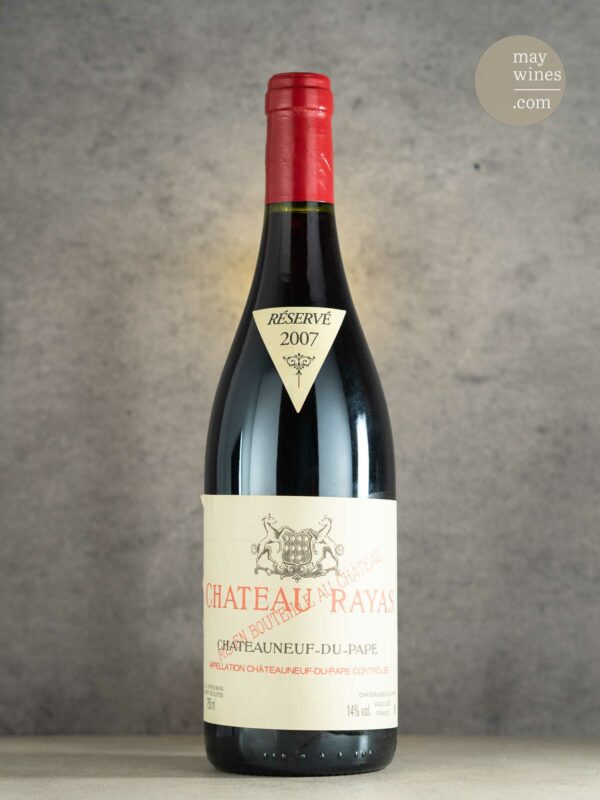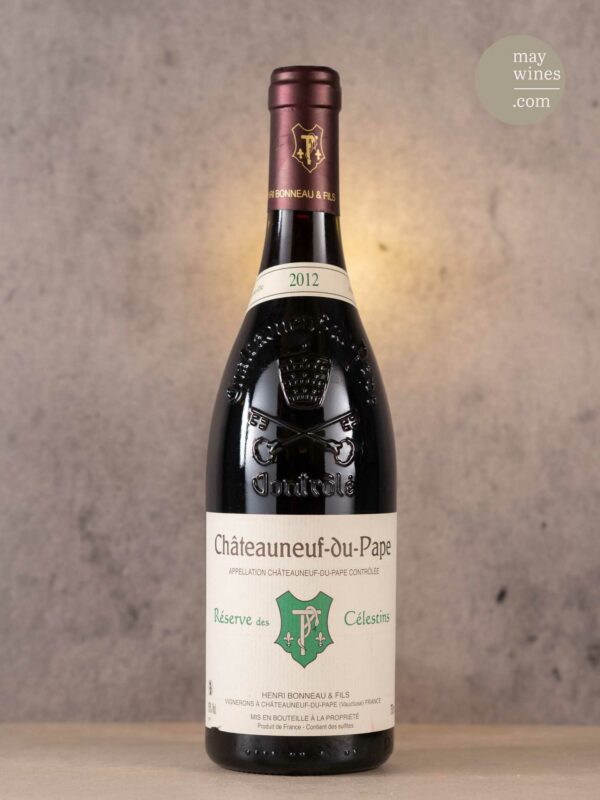Domaine Henri Bonneau
An der Weinwelt mögen wir nicht nur die großen Prachthäuser mit den von Löwenstatuen bewachten Alleen-Zufahrten, sondern auch das krasse Gegenteil.
Dazu zählt die in Châteauneuf-du-Pape ansässige Domaine Henri Bonneau. Maschinerie, Technologie, irgendeine Form der seit Jahrzehnten gängigen Unterstützung in der Weinbereitung, sei sie noch so sanft? Nein. Wenigstens ein bisschen Aufräumen im Keller? Auch nicht. Der 300 Jahre alte Keller wird es ob seines Mikroklimas schon richten! Und wie er das tut! Wenn man das bescheidene Anwesen der Bonneaus betrachtet, ist das Ergebnis fast erstaunlich. Connaisseure feinster Châteauneuf-du-Papes schätzen an Bonneau genau jenen urwüchsigen, eigenständigen und wilden Stil, den die Domaine vom Anblick her vermittelt. Den Weinen wohnt eine ganz eigene Magie inne.
Es wird erzählt, dass Henri beim Metzger gerne eine Flasche Bonneau gegen eine schöne Tranche Côte de Boeuf eingetauscht hätte. Auf eine Kiste Petrus im Keller angesprochen, meinte er bescheiden: Ach ja, der Besitzer wolle immer wieder mal Weine mit ihm tauschen. Auf sechs Hektar Rebfläche wächst hauptsächlich Grenache, für jeden Jahrgang werden die Cuvées individuell zusammengestellt. Ganz im Sinne seines eigenwilligen Vaters führt Sohn Marcel die Domaine als Widerstandskämpfer gegen jede Form des Modernismus weiter. Und den Weinen hat es nicht geschadet.
All wines from Domaine Henri Bonneau
All vintages of Réserve des Célestins - Henri Bonneau
Châteauneuf-du-Pape
Hier war es der Papst höchstpersönlich. Keine Mönche, keine Einwanderer, sondern Papst Johannes XXII. ließ um 1350 in der Stadt seiner Sommerresidenz auf Kalksteinbrüchen einen Weinberg anlegen (angeordnet hat dies aber schon sein Vorgänger, Papst Clement V, nach dem übrigens Château Pape-Clement benannt ist). Châteauneuf hieß vor dem Einzug der Päpste ob seines Bodens übrigens Calcernier. Der heute 2.100 Einwohner zählende Ort kam erst 1791 zu Frankreich, bis dahin gehörte er zum unabhängigen und so mächtigen Territorium der Bischöfe und Erzbischöfe von Avignon. In Anlehnung an die Bedeutung des Ortes zieren heute die päpstlichen Symbole, die gekreuzten Schlüsseln Petri und die Tiara, jeden Flaschenhals CdP. Der 3.100 Hektar großen AOC wurde bereits 1936 der Status einer geschützten Herkunft verliehen (ab 1923 entwickelt).
Zu verdanken ist die frühe Appellation u.a. der einflussreichen Winzerlegende Baron Pierre Le Roy de Boiseaumarié, die im Châteauneuf-du-Pape tatkräftig an der Entwicklung des AOC-Systems mitgewirkt hatte. Dass in den Rotweinen ganze 13 Sorten die Cuvée bilden dürfen, ist vielleicht den Gepflogenheiten der damaligen Zeit geschuldet. Kaum 10 % der Gesamtproduktion entfallen heute auf Weißweine. Weinliebhaber aus aller Welt kennen und schätzen die berühmte Appellation für ihre satten, unglaublich komplexen Rotweine. Château de Beaucastel, Henri Bonneau, Clos des Papes, Clos Saint Jean, Domaine du Pegau, Domaine de la Vieille Julienne, Domaine de la Janasse und Rayas heißen die großen Namen im Châteauneuf-du-Pape, die man kennen und getrunken haben muss.
All wines from Châteauneuf-du-Pape
